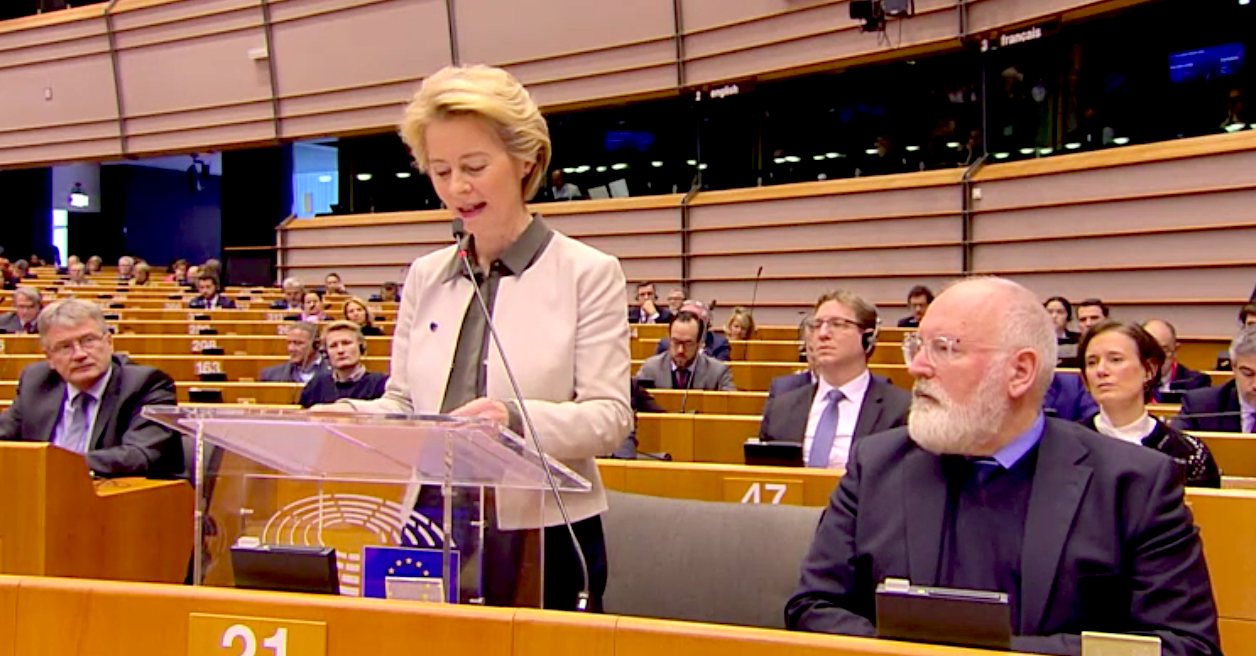
11 Dec 2019 EU Green Deal: how does it look from the hunters’ perspective?
After only eleven days in office, the European Commission presented the long-anticipated EU Green Deal. In the past years many scientific reports are pointing at a looming crisis for climate, nature and biodiversity. The EU Green Deal presents plans to tackle this crisis and create a green future for Europe. FACE analysed the proposals and explains what it means for European hunters.
The EU Green Deal represents the first steps into the direction of a sustainable future for the EU. The Green Deal encompasses many different topics, from a circular economy, to just-transition funds to leave no one behind. The European Commission aims high on increasing the EU’s ambition on the climate for 2030 and 2050. This is important because species of plants and animals can be affected by a changing climate, and it increases problems for nature with droughts, erosion and wildfires.
Agriculture
In the Green Deal, the Commission acknowledges that many types of agricultural practicese often lead to air, water, and soil pollution, loss of biodiversity, and can contribute to climate change. The Commission wants the EU’s agriculture policy to be a global standard for sustainability. The commitment to address the use of pesticides and progress towards sustainable farming is encouraging. The Commission also highlights that the future national CAP Strategic Plans need to ‘fully reflect the ambition of the Green Deal’ but fails to add clear rules and ambition for the assessment criteria.
FACE encourages the implementation of several concrete measures to help promote biodiversity (some proposals here). The next CAP should be a key tool to help address biodiversity loss in Europe, but ambitious targets are missing from the Green Deal.
Biodiversity
The Commission proposes an enhanced Natura 2000 Network (N2K) to halt biodiversity loss. Natura 2000 is meant for the most special (threatened) species and habitats and represents therefore only a small proportion of Europe. If the Commission aims to preserve more biodiversity within N2K sites, proper management of these sites is needed at national level in conjunction with local communities. However, instead of focusing on protected areas (N2K), the upcoming Biodiversity Strategy 2030 should focus on biodiversity conservation in the wider landscape, for example, using other effective area-based conservation measures (OECMs). Moreover, the Biodiversity Strategy 2030 needs to be translated into concrete and focused actions and make sure that the nature directives are fully implemented.
Financing the transition
Achieving a sustainable Europe needs adequate funding and fairness for all citizens. With this deal, the Commission is promising to ‘leave no one behind’. They estimate that achieving its targets will require €260 billion annually. Funding opportunities should be available for hunters, farmers, landowners and others to promote biodiversity conservation. Administrative burdens should be as low as possible, to ensure effective use of funding for nature.
What can we do?
Hunters do not need to wait for the EU to lead the way. Europe’s hunters are already involved in many different biodiversity and habitat conservation projects. FACE’s Biodiversity Manifesto currently holds more than 430 projects involving hunters. The projects include actions such as monitoring of species, planting hedgerows in agricultural fields, creating field (biodiversity) margins, protect nesting sites, etc.

